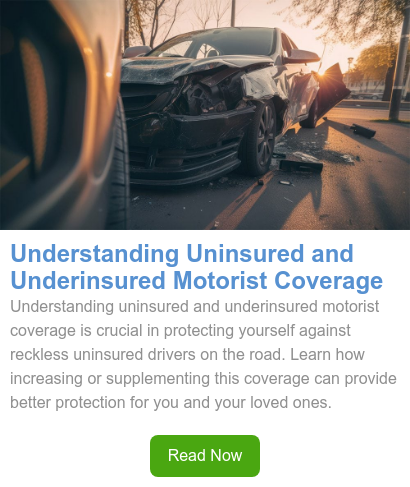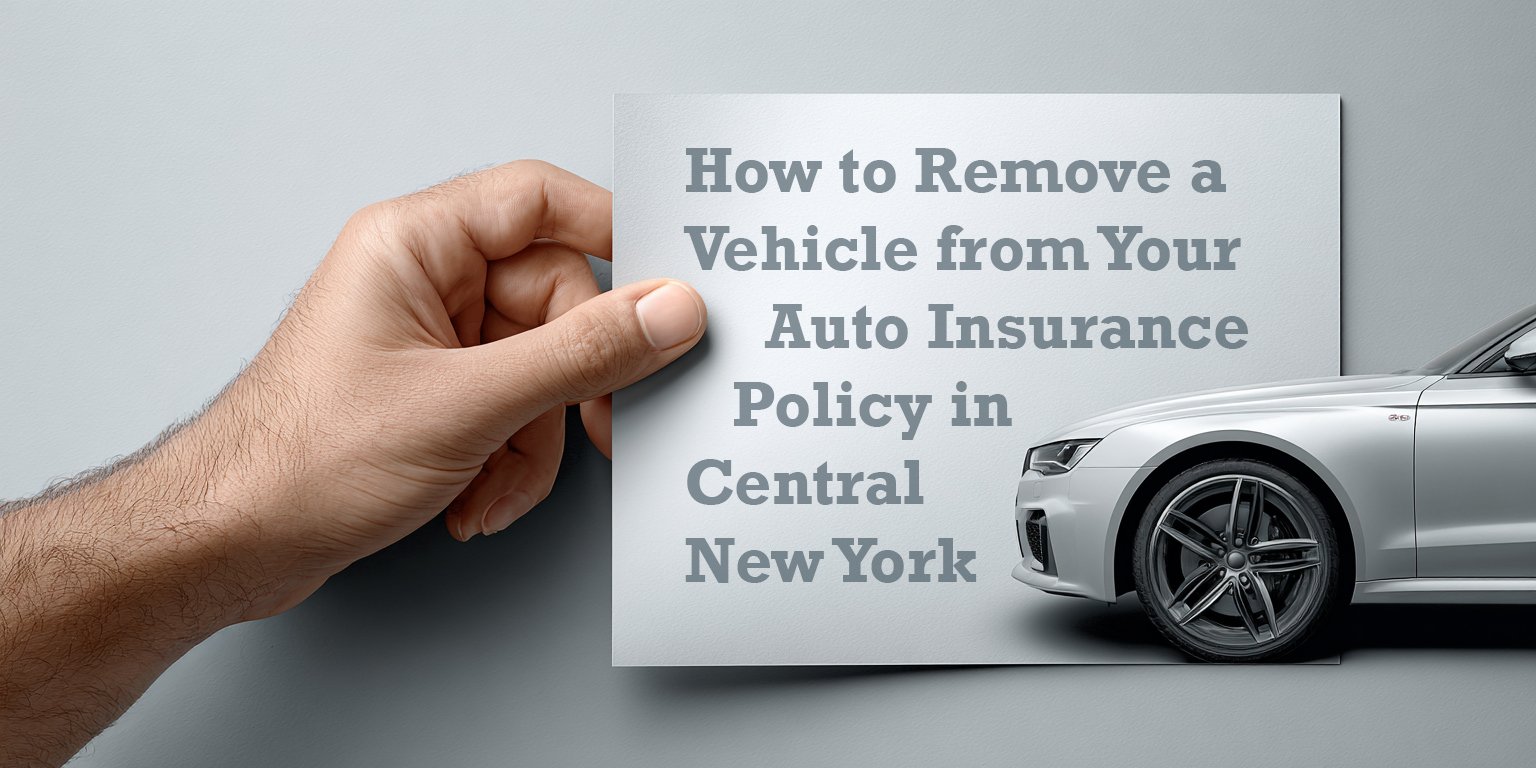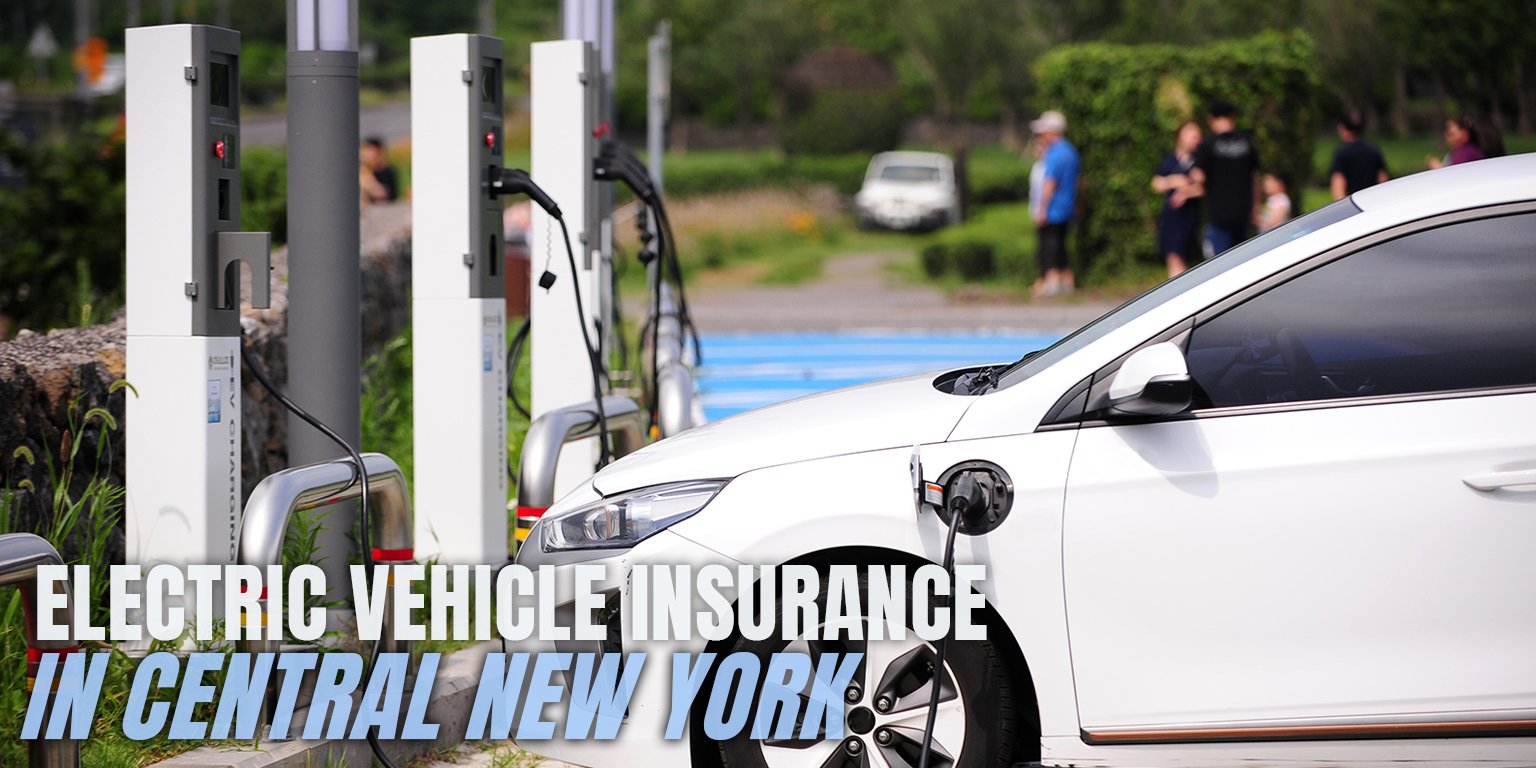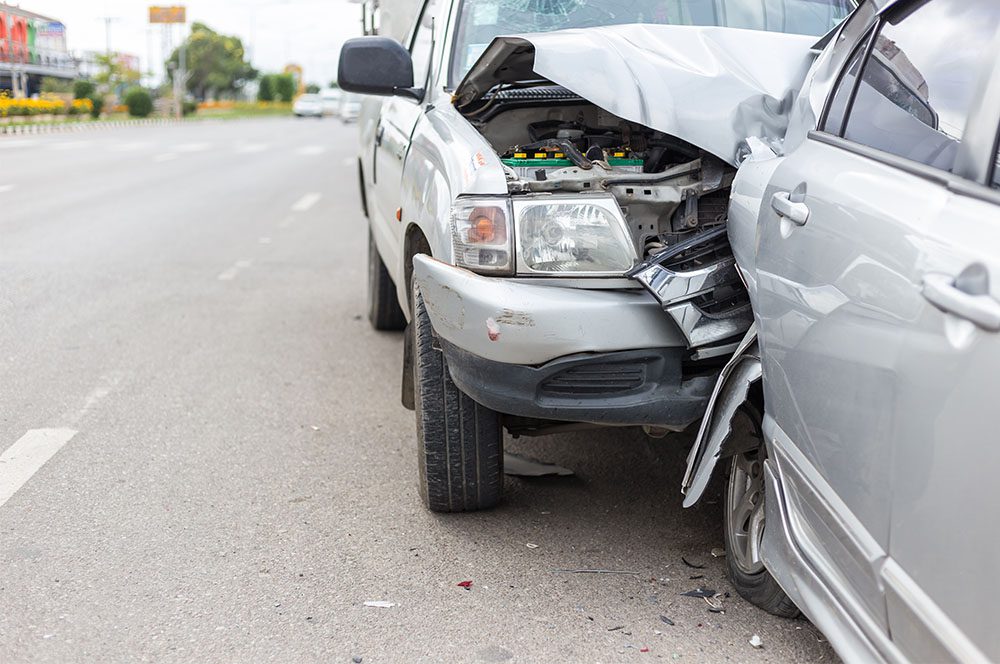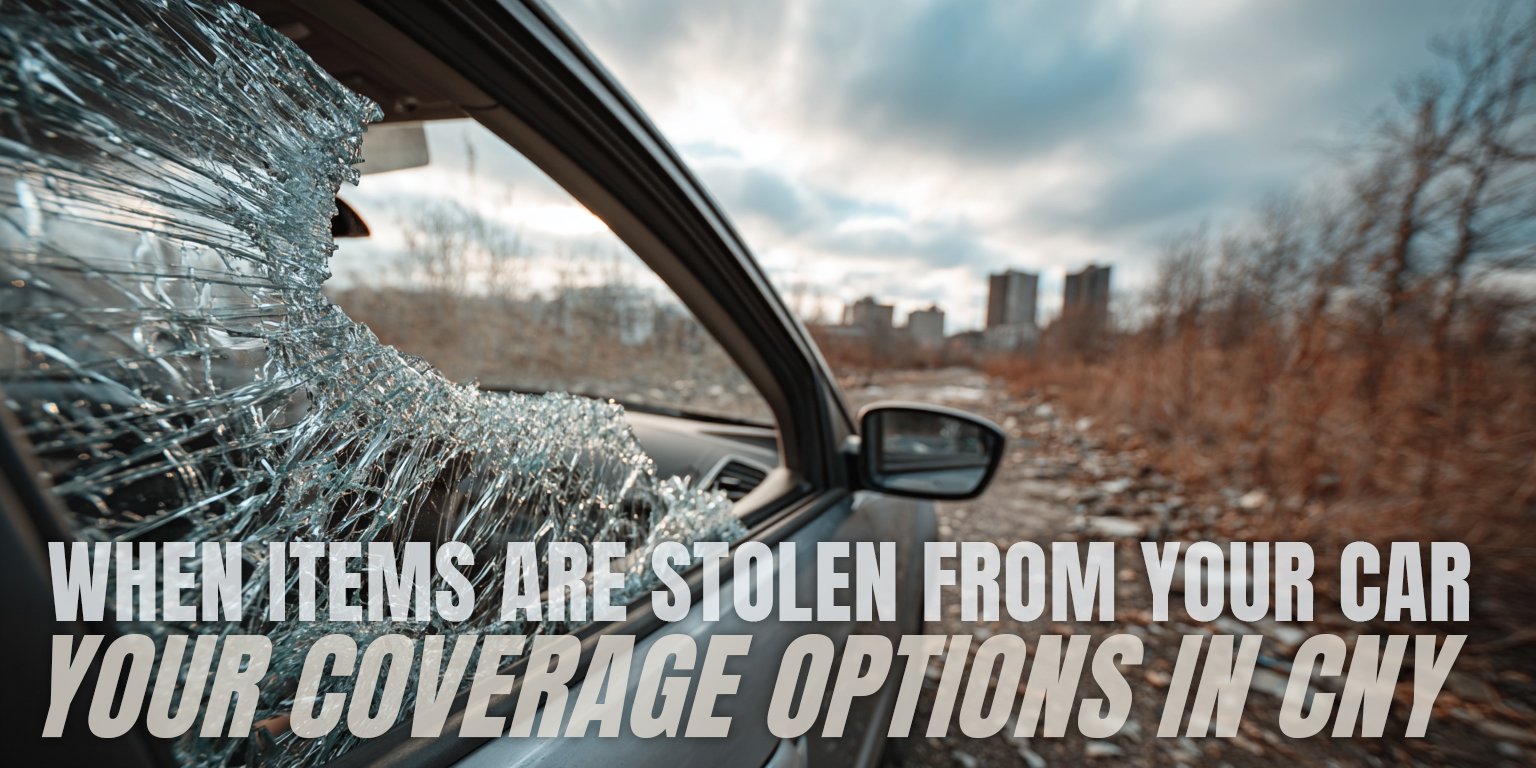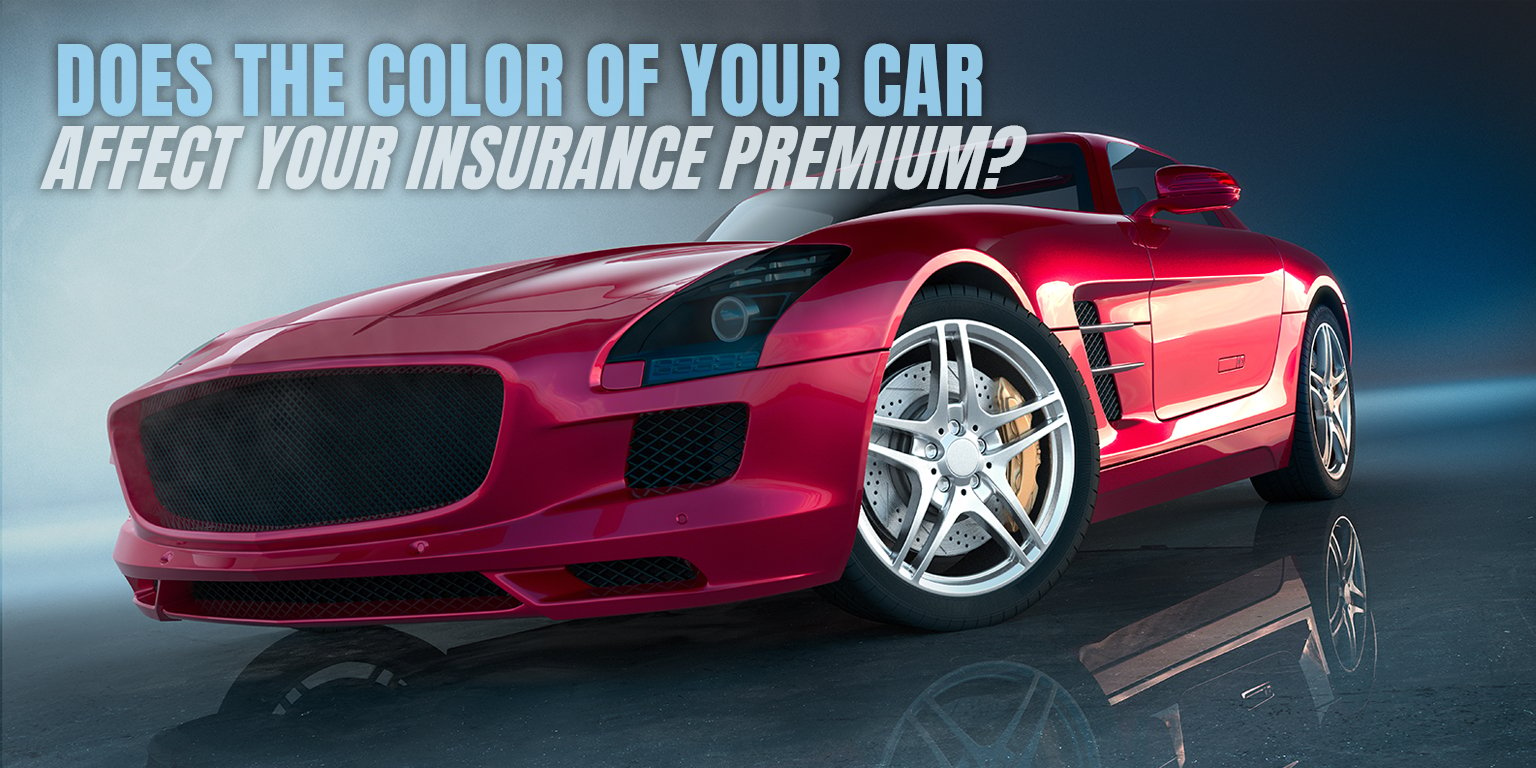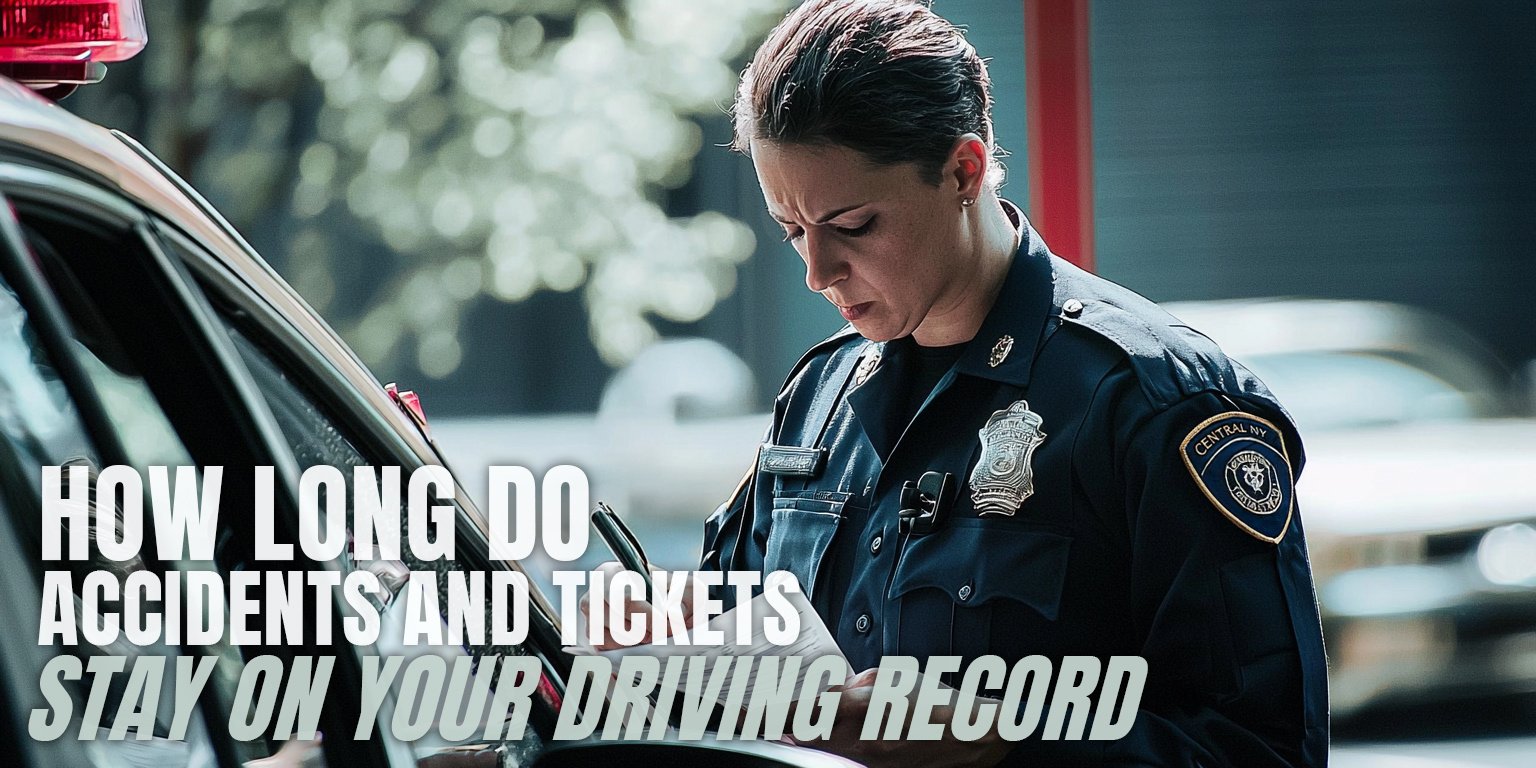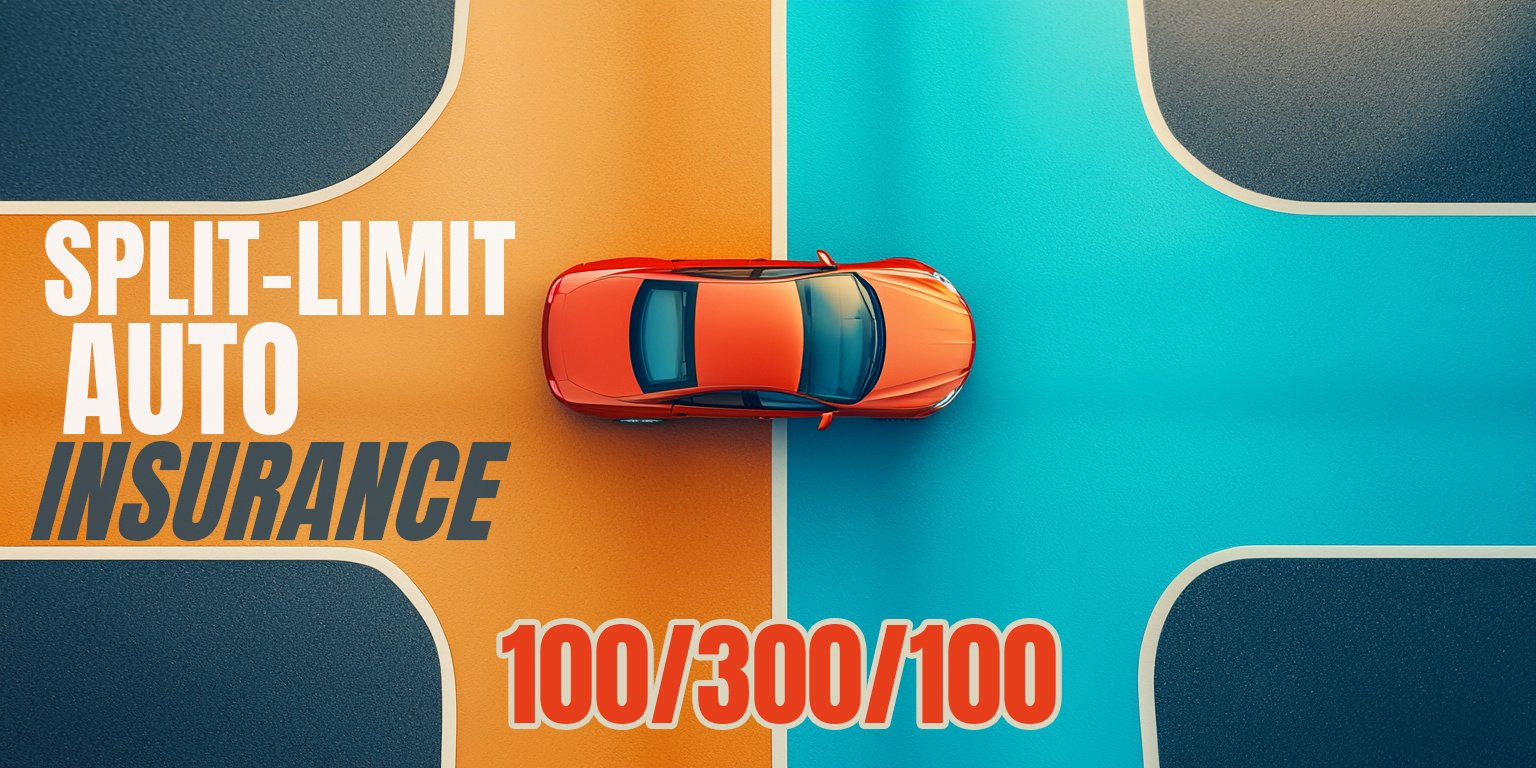Auto Liability Coverage Limits Explained
March 28th, 2025
5 min read

Many Central New Yorkers purchase insurance policies without understanding key details about their coverage. When you sign up for auto insurance, those liability coverage numbers might seem like just another set of figures—until you're involved in an accident that exceeds your policy limits.
Not knowing what those numbers mean can put you at financial risk. Confusion about liability coverage limits leads many drivers to choose insufficient protection, only to face significant out-of-pocket costs after an accident.
At the Horan insurance agency, we've helped numerous clients understand their auto liability coverage limits. As an independent agency serving Central New York, we offer guidance on coverage options from multiple carriers to address your unique situation.
In this article, you'll learn how to interpret your coverage details, understand what liability limits actually mean, and determine appropriate coverage levels for your circumstances.
What Auto Liability Coverage Limits Actually Mean for Central New York Drivers
Liability coverage serves as the foundation of your auto policy, which is why it typically appears first on your policy's declarations page. These numbers represent the maximum amount your insurance will pay if you're responsible for an accident.
Liability coverage consists of two key components: bodily injury liability and property damage. Bodily injury liability includes limits for each person injured and a total limit per accident. Property damage coverage has its own separate limit.
Here's what a typical liability coverage listing might look like:
|
Liability Protection |
Premium in $ (example cost) |
|
Bodily Injury $100,000 per person/$300,000 per accident |
115.00 |
|
Property Damage $100,000 per accident |
125.00 |
These figures create a ceiling on what your insurer will pay for damages you cause. For instance, the policy above pays up to $100,000 for injuries to a single person, up to $300,000 total for injuries to multiple people in one accident, and up to $100,000 for property damage.
Bodily Injury Liability—What's Covered?
- Healthcare and funeral expenses for accident victims injured or killed by the policyholder—when all PIP/no-fault coverage has been "exhausted" or used up
- The policyholder's legal expenses arising from an auto accident lawsuit
- Loss of income for all victims of an accident the policyholder caused
- Payouts for pain and suffering victims experienced due to an accident the policyholder caused
Other types of coverage may include limits for uninsured/underinsured motorists and personal injury protection (PIP), which covers the medical expenses resulting from an accident regardless of who is at fault. For that reason, personal injury protection is called "no-fault insurance."
PIP and uninsured/underinsured motorist limits can look like the following:
|
Personal Injury Protection (PIP) |
Premium in $ (example cost) |
|
Mandatory Basic Economic Loss $50,000 |
85.00 |
|
Supplementary Uninsured/Underinsured Motorists |
Premium in $ (example cost) |
|
Bodily Injury $50,000 per person/$100,000 per accident |
35.00 |
As you can see in the above examples, coverage liability limits appear alongside each listed coverage item. Payouts for accidents and bodily injuries resulting from those accidents won't exceed the coverage limits listed on your policy. It's your responsibility to pay damages out of pocket beyond your coverage limits.
Any costs beyond these limits become your personal responsibility—which makes choosing appropriate coverage levels crucial for your financial security.
The Real-World Impact of Liability Limits in Central New York Accidents
Let's see how these coverage limits work in an actual scenario relevant to our region.
Bill from Brewerton is driving along Route 31 in Cicero when the vehicle ahead stops suddenly to avoid a deer. Unable to brake in time, Bill rear-ends the other car. The driver, Debbie, and her two passengers sustain injuries, and her $70,000 electric vehicle suffers significant damage.
If Bill carries only New York's minimum required liability coverage ($25,000 per person/$50,000 per accident for bodily injury and $10,000 for property damage), he faces a difficult situation. Debbie's vehicle needs $30,000 in repairs—$20,000 more than Bill's property damage coverage.

Additionally, if Debbie and her passengers each receive $15,000 for pain and suffering, Bill's policy covers those costs but leaves nothing for additional medical expenses.
With higher liability limits—such as $100,000/$300,000 for bodily injury and $100,000 for property damage—Bill would likely have sufficient coverage for this scenario and avoid significant out-of-pocket expenses.
Why New York State Minimum Liability Requirements Often Fall Short
New York State requires all drivers to carry liability insurance with these minimum limits:
- $10,000 for property damage in a single accident
- $25,000 for bodily injury and $50,000 for death for one person
- $50,000 for bodily injury and $100,000 for death for two or more people
While these minimums satisfy legal requirements, they often prove insufficient in real accidents. Consider these Central New York scenarios:
- A collision in downtown Syracuse that damages a luxury vehicle valued at $65,000
- A multi-car accident on I-81 involving several injured passengers
- A crash that damages expensive infrastructure like traffic signals or storefronts
In each case, New York's minimum coverage limits would likely leave you responsible for significant additional costs. Many drivers increase their property damage limits to $50,000 or $100,000 to address these potential scenarios.
How Uninsured/ Underinsured Motorist Coverage Fills Critical Protection Gaps
Another important aspect of liability coverage is uninsured/underinsured motorist protection. This coverage helps when you're injured by a driver with insufficient insurance or no insurance at all.
For example: Angela's sedan gets rear-ended on Erie Boulevard, leaving her with serious spinal injuries. If the at-fault driver has only $25,000 in bodily injury coverage (New York's minimum) or flees the scene without being identified, Angela's medical expenses could far exceed available coverage.
With uninsured/underinsured motorist coverage, Angela can make a claim against her own policy to help cover her medical expenses and other damages.
New York State requires drivers to carry uninsured motorist coverage, though not necessarily the underinsured portion. At Horan, we typically recommend combining both coverages to provide more comprehensive protection against the significant percentage of underinsured drivers on the road.
The Value of Regular Coverage Reviews for Changing Circumstances
Understanding your auto liability coverage limits isn't a one-time task. Life changes—such as purchasing a home, starting a business, or accumulating assets—often necessitate adjusting your coverage limits to maintain appropriate protection.
We recommend reviewing your auto policy approximately every six months to ensure your financial situation and coverage limits remain aligned. Consider coverage that may help safeguard your assets in case of an accident where you're found liable.
Higher coverage limits typically cost less than you might expect. Moving from minimum coverage to $100,000/$300,000 bodily injury and $100,000 property damage limits often adds just a modest amount to your premium while significantly enhancing your protection.
Finding the Right Balance Between Coverage and Cost
Now that we have explained auto liability coverage limits, you're better equipped to evaluate your current policy. When determining appropriate limits, consider:
- The value of your assets (including home, savings, and investments)
- Your potential income that could be garnished after a serious accident
- The types of vehicles and driving conditions you typically encounter
- The cost difference between minimum and higher coverage levels
For many Central New York drivers, the modest premium increase for higher liability limits provides substantial additional security compared to state minimum coverage.
Make Informed Decisions About Your Auto Liability Coverage
When you understand what those numbers on your policy actually mean, you gain control over your insurance decisions. Appropriate liability coverage may help reduce your exposure to financial consequences after an accident.
The difference between minimum coverage and recommended coverage levels can determine whether you face years of financial recovery or maintain your current lifestyle after an accident.
At Horan, we believe in helping Central New York drivers understand their insurance options clearly. We work with multiple carriers to offer various coverage options.
Click the Get a Quote button below to connect with a licensed agent who can help you evaluate your current auto policy and explore options that fit your situation and budget.
And learn about additional liability options through umbrella coverage.
Daniel is an accomplished content creator. He has been working in publishing for almost two decades. Horan Companies hired Daniel as its content manager in November 2022. The agency entrusted its messaging to him. Since then, Daniel has written insurance articles, service pages, PDF guides, and more. All in an effort to educate CNY readers. He's helping them understand the world of insurance so they can make informed decisions.
Topics:


